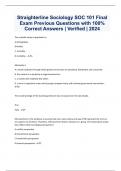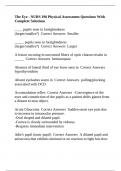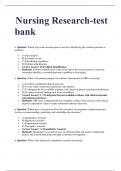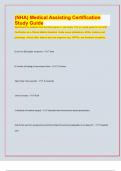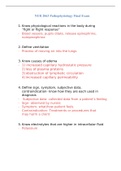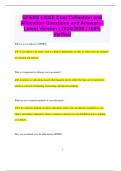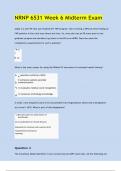Samenvatting
Samenvattting - MIN13/NWI-MOL104 Medical Biotechnology towards Clinical Practice (MIN13/NWI-MOL104) Summary
- Instelling
- Radboud Universiteit Nijmegen (RU)
Deze samenvatting bevat alle onderwerpen behandeld tijdens minor 13 (molecular cloning, genetically modified organisms, CRISPR/Cas9, vaccines, therapeutic antibodies, genetic therapy and its tool box, molecular diagnostics, gene therapy, stem cells & tissue engineering en research involving humans).
[Meer zien]





